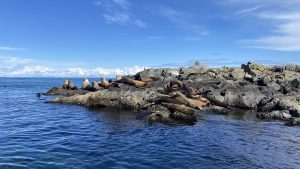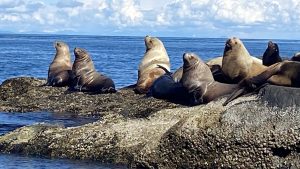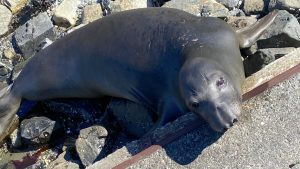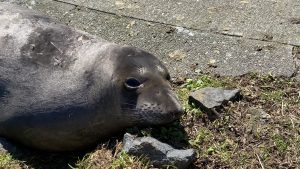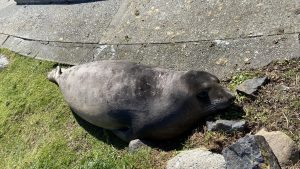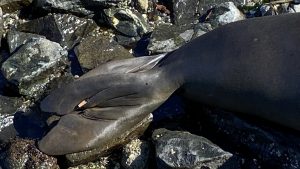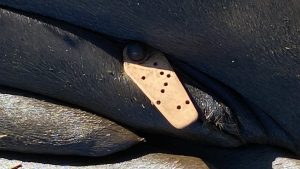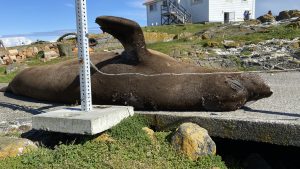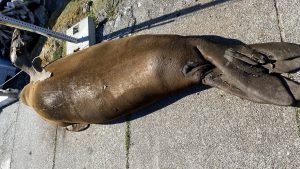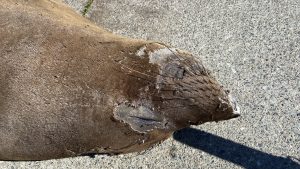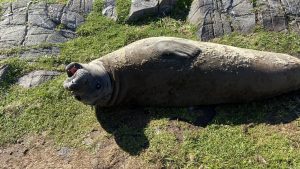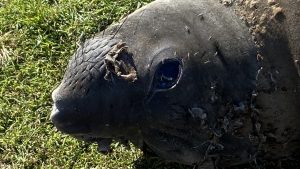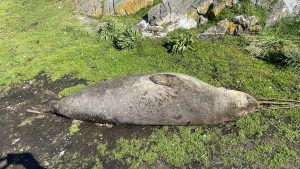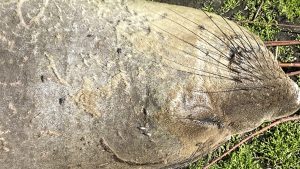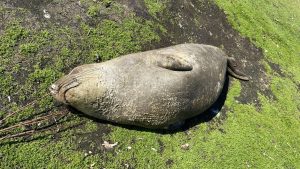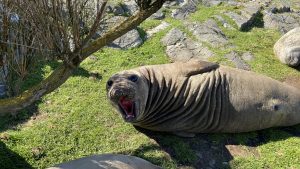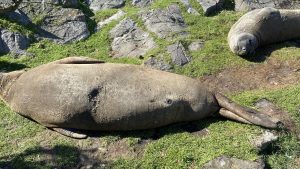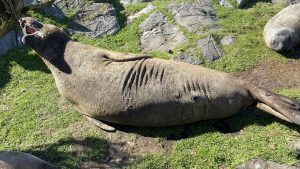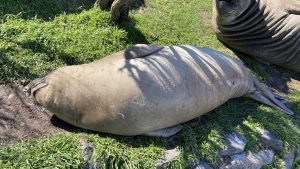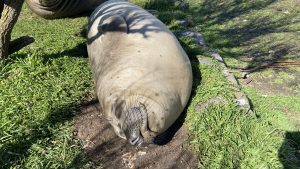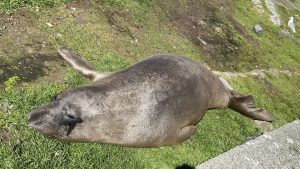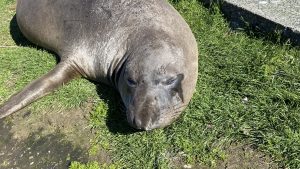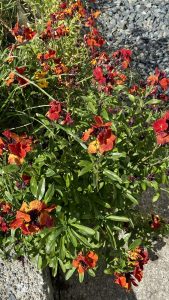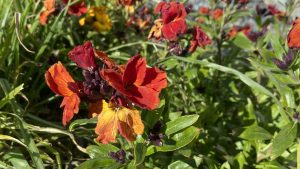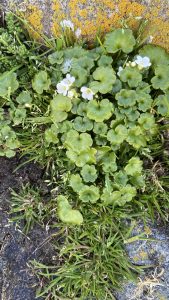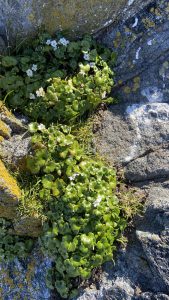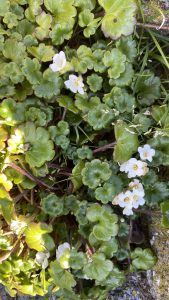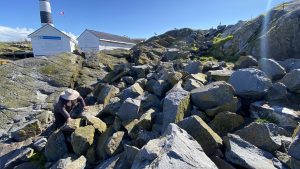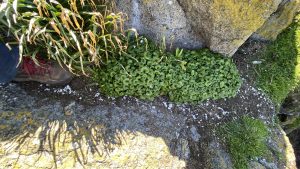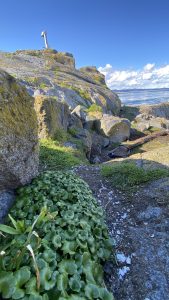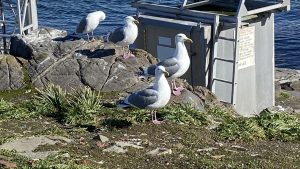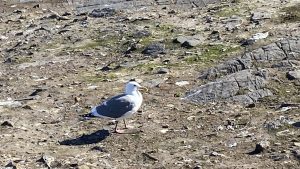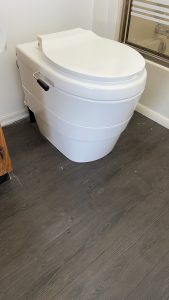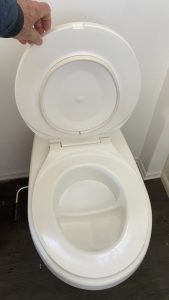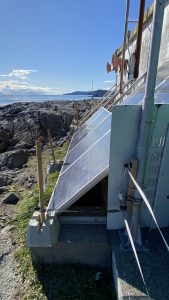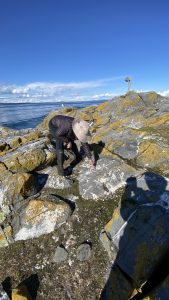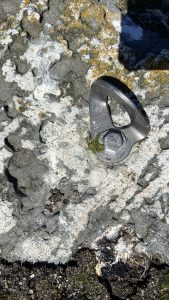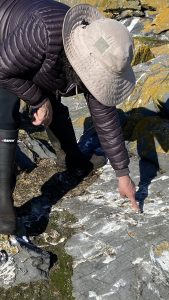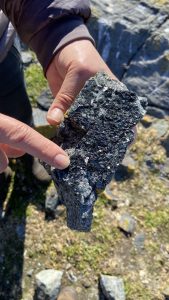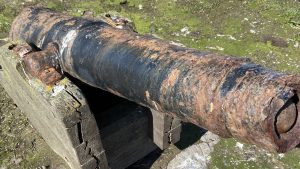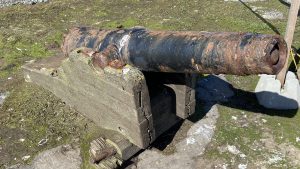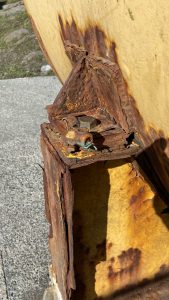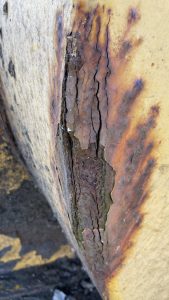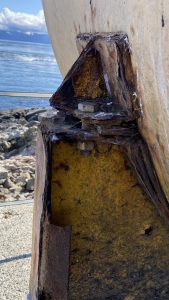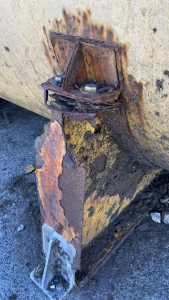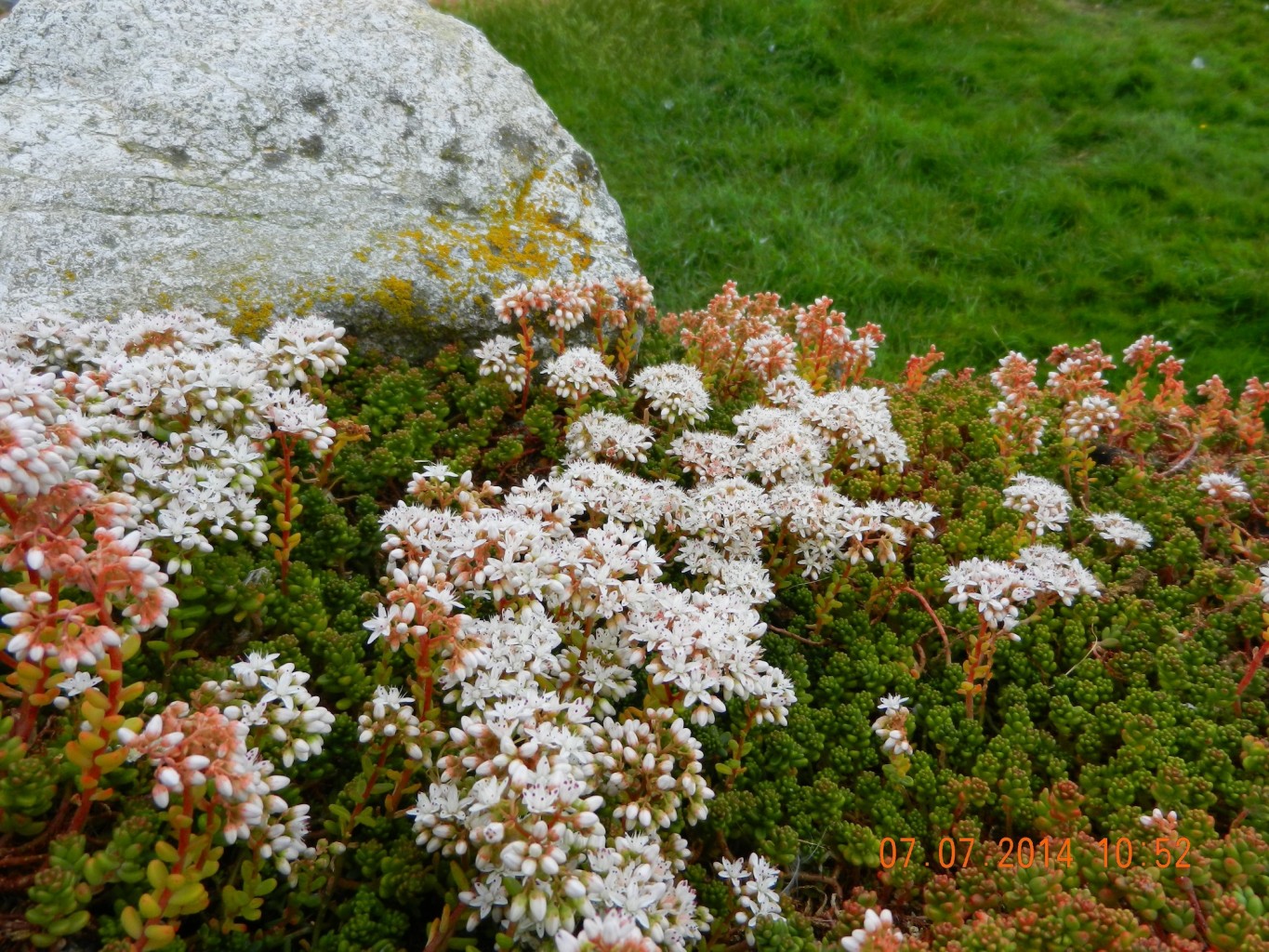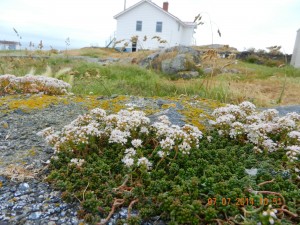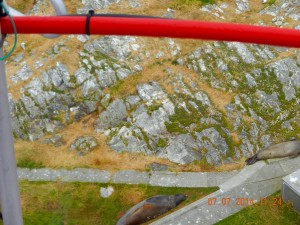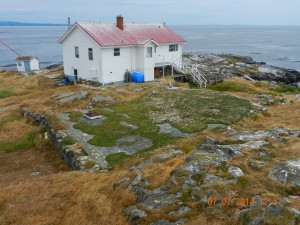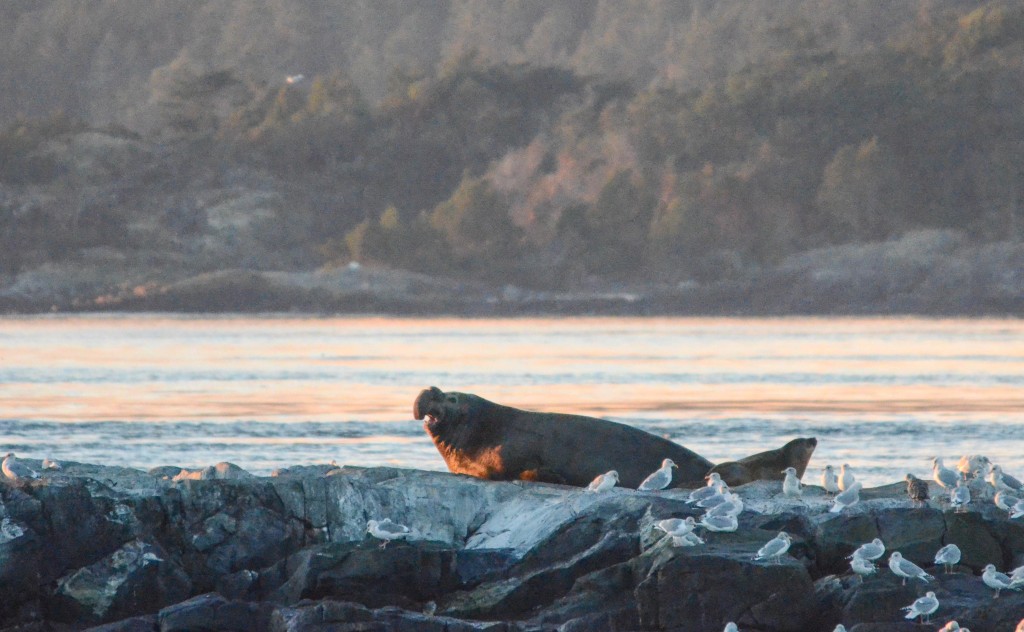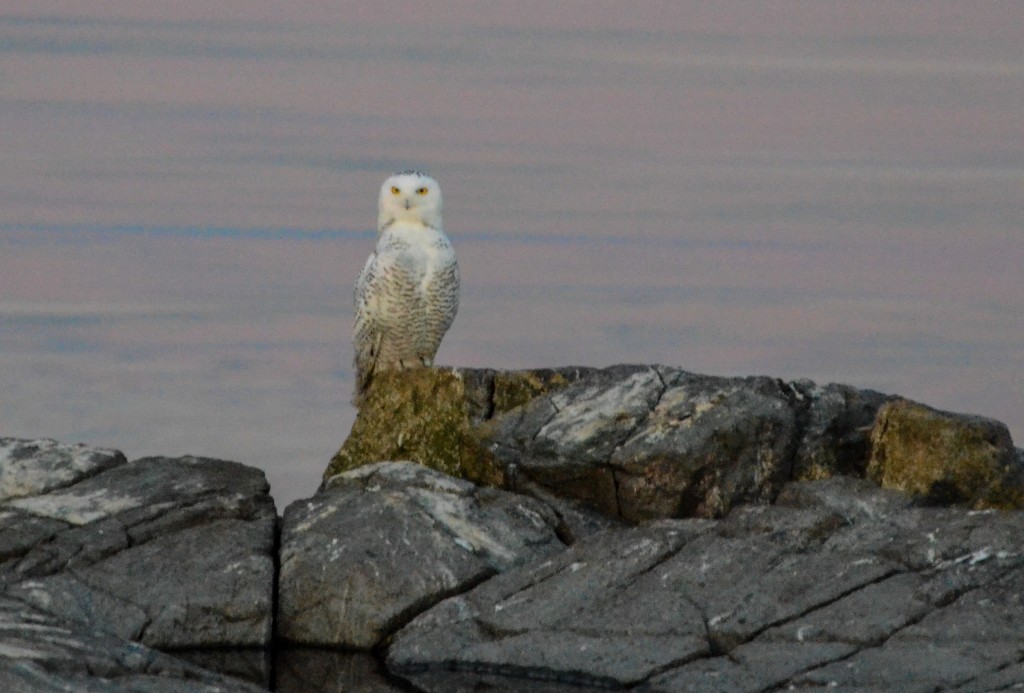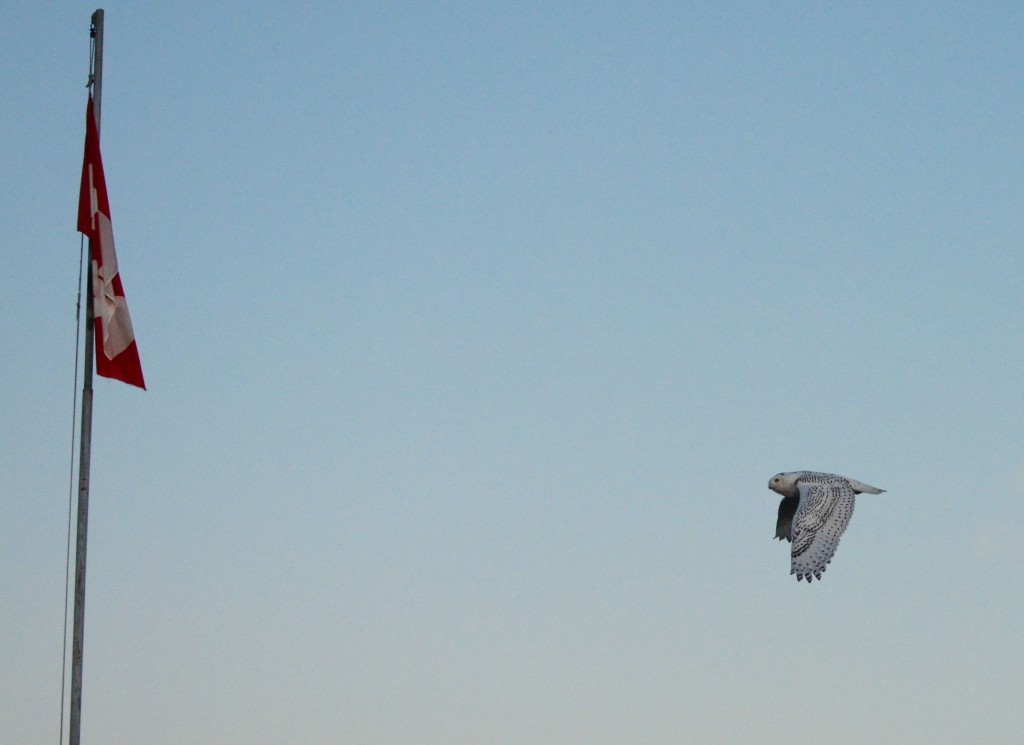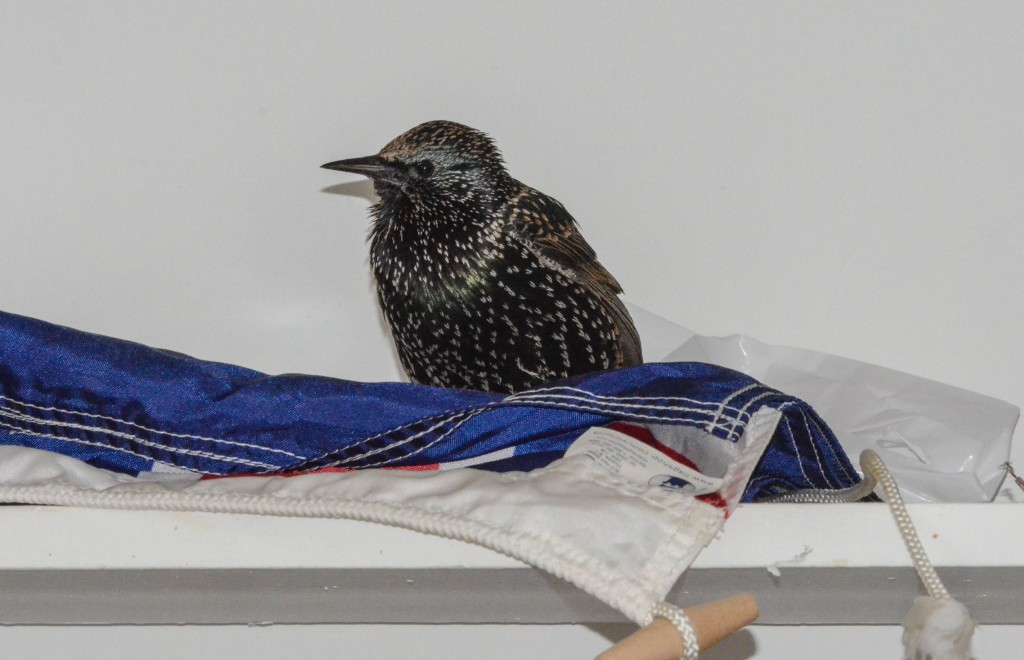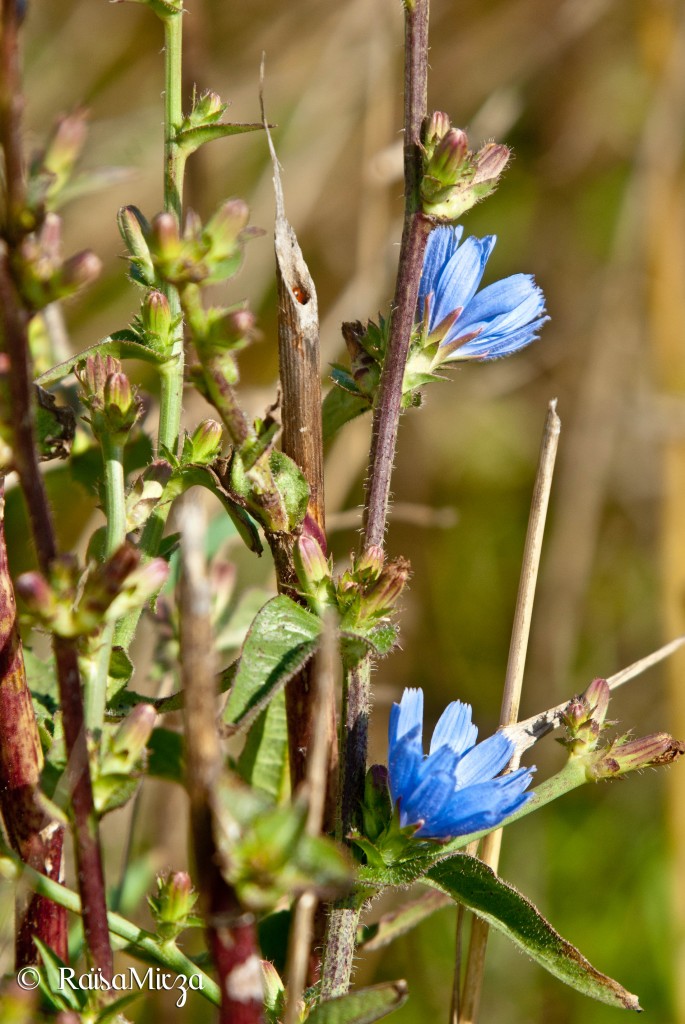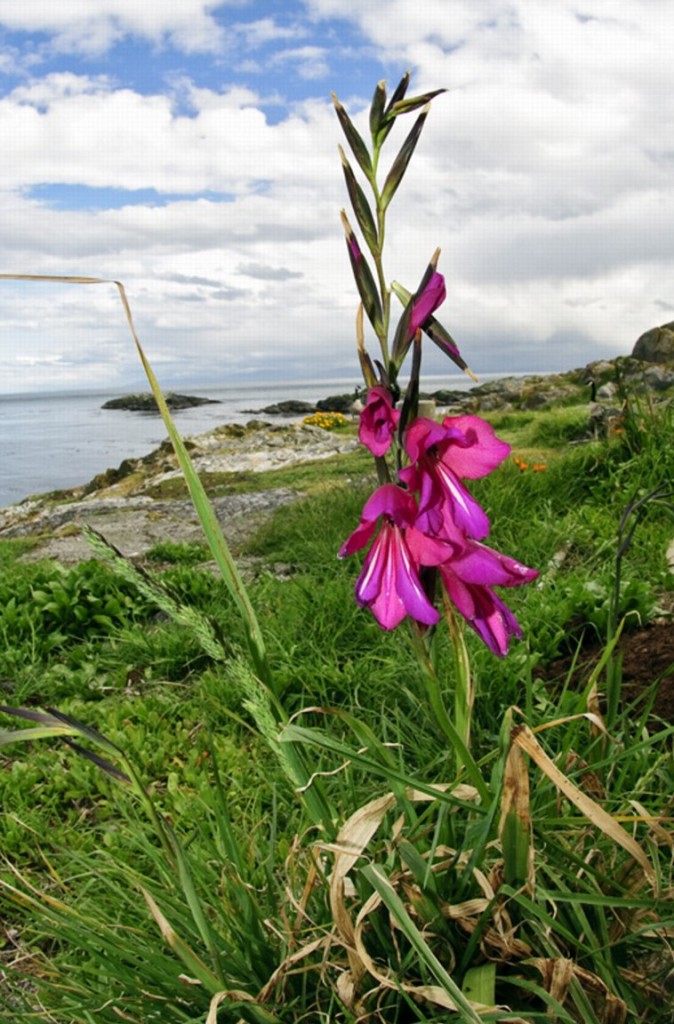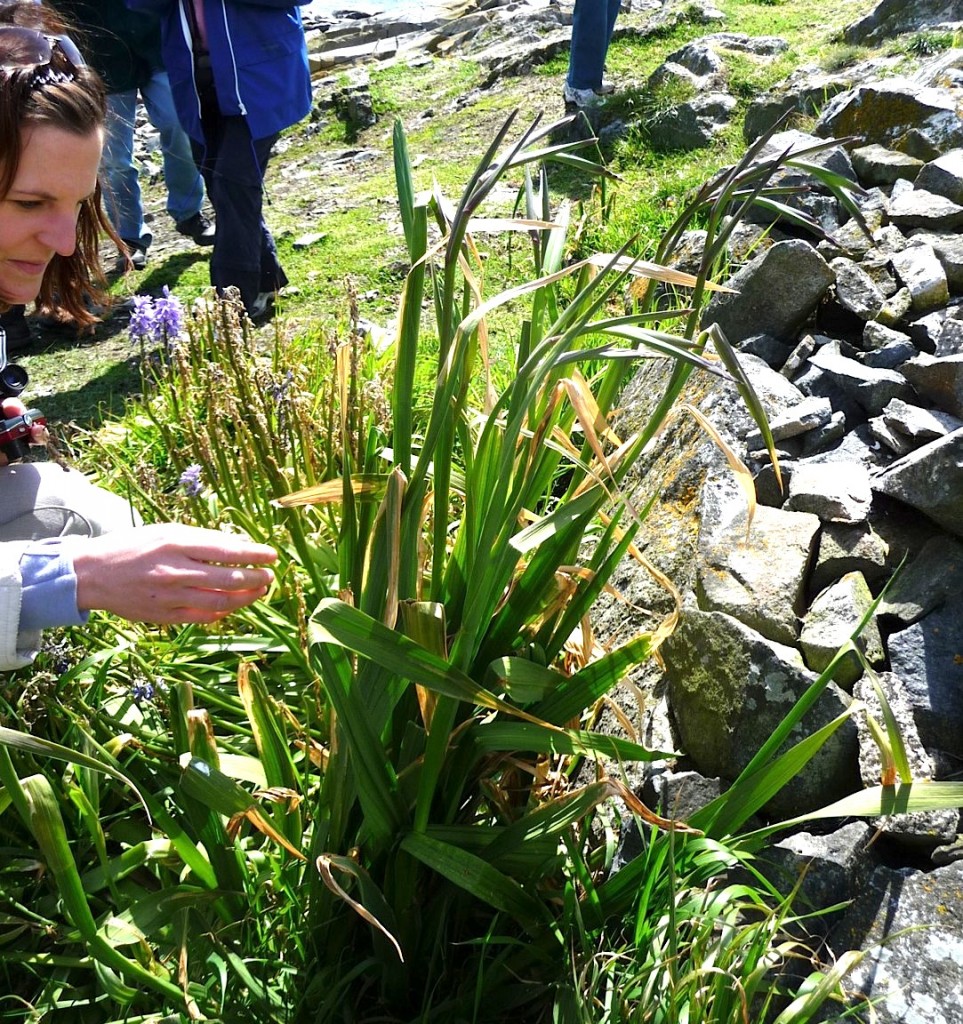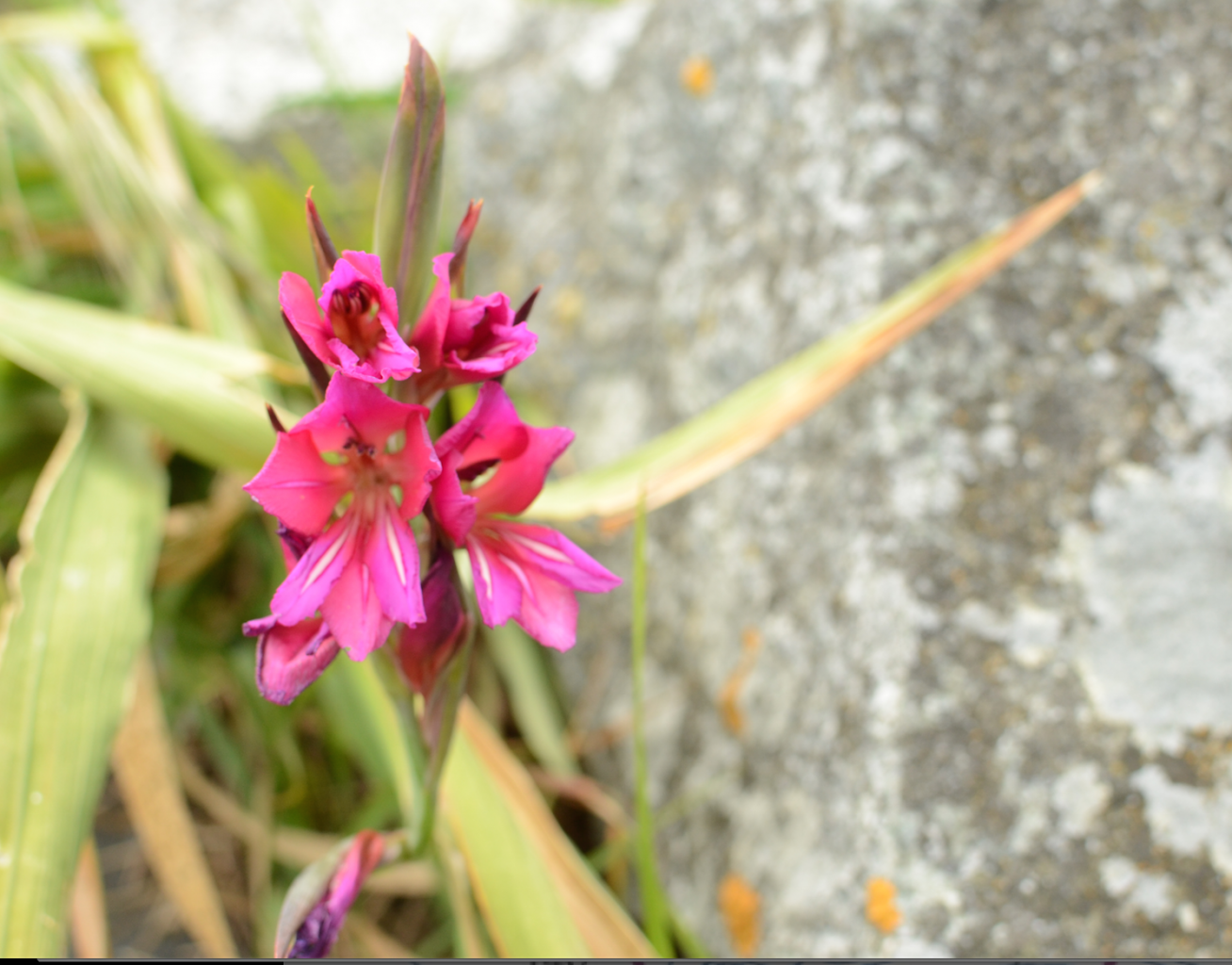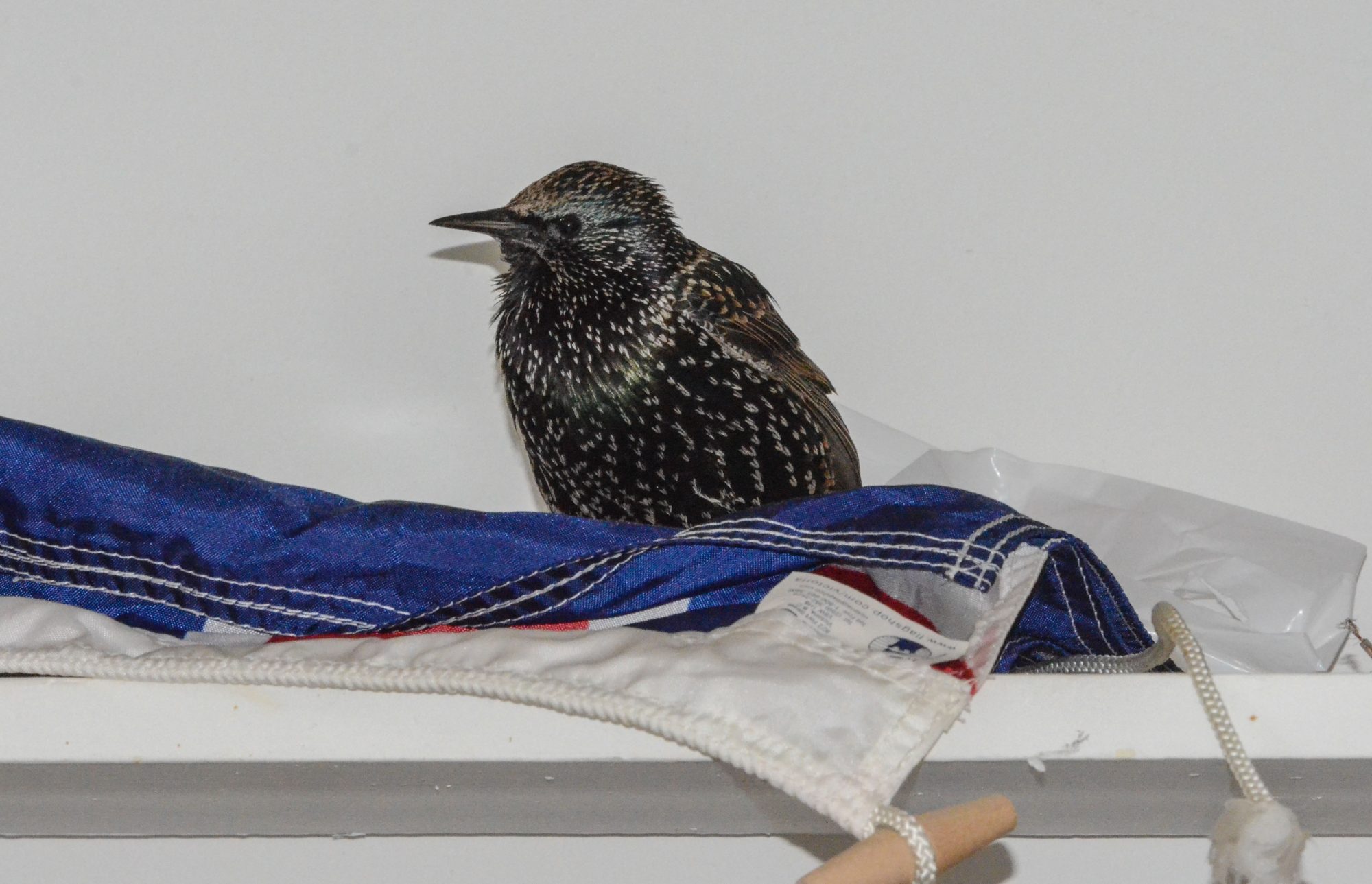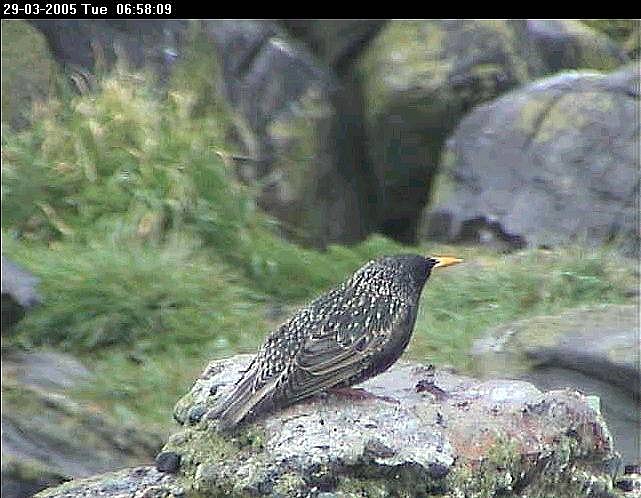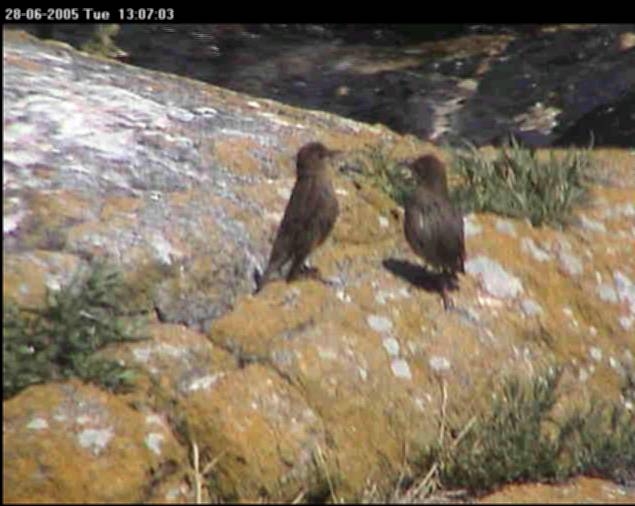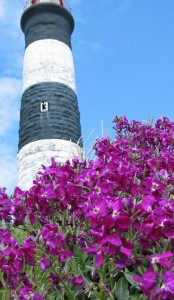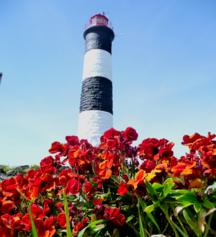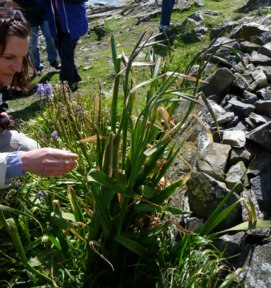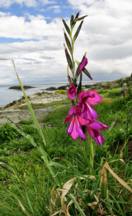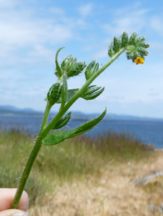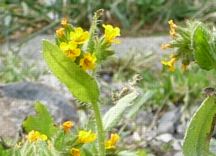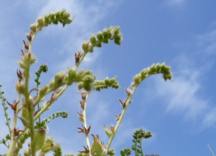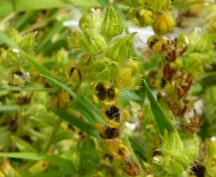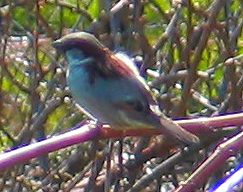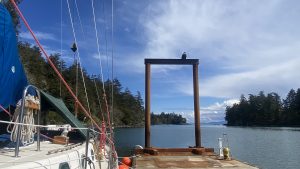 We departed Pedder Bay on Second Nature with Greg who was taking Joan Rosenburgh out for an Ecoguardian exchange. Before leaving we noted a new perch location on the new docks at Pearson College .
We departed Pedder Bay on Second Nature with Greg who was taking Joan Rosenburgh out for an Ecoguardian exchange. Before leaving we noted a new perch location on the new docks at Pearson College .
On arrival, a nice greeting from the group of Northern and Californian sealions near the docks
I took photos of all the adult elephant elephant seals still at the reserve :
- Coming up the ramp was this female
- a tag was noted
- This appears to be a new form of tag .. We will have to find out nore about it
- a moulting female at the top of the ramp
- number 3
- number 4
- number 5.. a bit concerned
- number 6
- number 7
- wallflower by the desalinator building
- Its always interesting to come across some of the introduced plant species. Many like this wallflower are blooming late and early in the season
- I was interested in checking to see if the Romanzoffia tracyi populations still existed on the island, given the impact from sea lions
- This patch still exists just off the south east corner of the main house
- The leathery leaves persist through the winter , and the plant only grows close to the spray zone along the coast here.
- In another location over by the boat house Joan was checking to find the other population
- We finally found it in a location higher up the rockfall than I had seen before.
- The interbreeding of gull species has resulted in an interesting mix . The gulls were paired up and in future nest locations but no nest building had started and they were very calm at this time of year.
- Western and glaucous -winged gull hybrids are seen throughout the island. A real challenge for those wanting to be ID experts.
There have been many improvements that the Ecoguardians and the college staff have done since the last time i was here.One important improvement has been the installation of a new toilet system which seems to be a big improvement over past models.
- waste disposal is important at Race Rocks. Itb is the only Ecological reserve with human presence and since sewage cannot be released into an Ecological reserve, Pearson College has made efforts through the years to improve the waste disposal system
- separation of solids and liquids results in better efficiency of composting
- A new set of solar panels and improvement to the solar installation has resulted in less reliance on diesel backup
I was interested in relocating the spot where a new geo-positioning system was installed last year, since I had been unable to locate it one time when i was out there. So these pictures are for future reference for relocation. When scientists come out to recheck , the results from satellite triangulation at this spot can indicate the amount of tectonic plate movement .
- Joan points to the center peg
- three of these stainless steel anchors exist
- center peg and one of the anchors at the lower left
- Joan noted an interesting crystaline structure in some of the rock up near the camera 5 location.
- The geology of the island is quite varied and bears further investigation
- I hope that some remmediation can be done to the cannon at the base of the tower. We installed this cannon there in the 1980s after retrieving it from the wreck of the swordfish over on south bedford island
- The cannon was cast in Scotland in the 1790s , and was used as ship ballast since it had an oval bore and could not be fired.
- The last relaining diesel fuel storage tank on the island needs to be removed
- The exposure to the salt water environment takes its toll over the years
- The supporting carriage for this tank could soon fail.
- Its clear here how siperior stainless steel bolts were for this application

